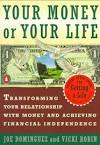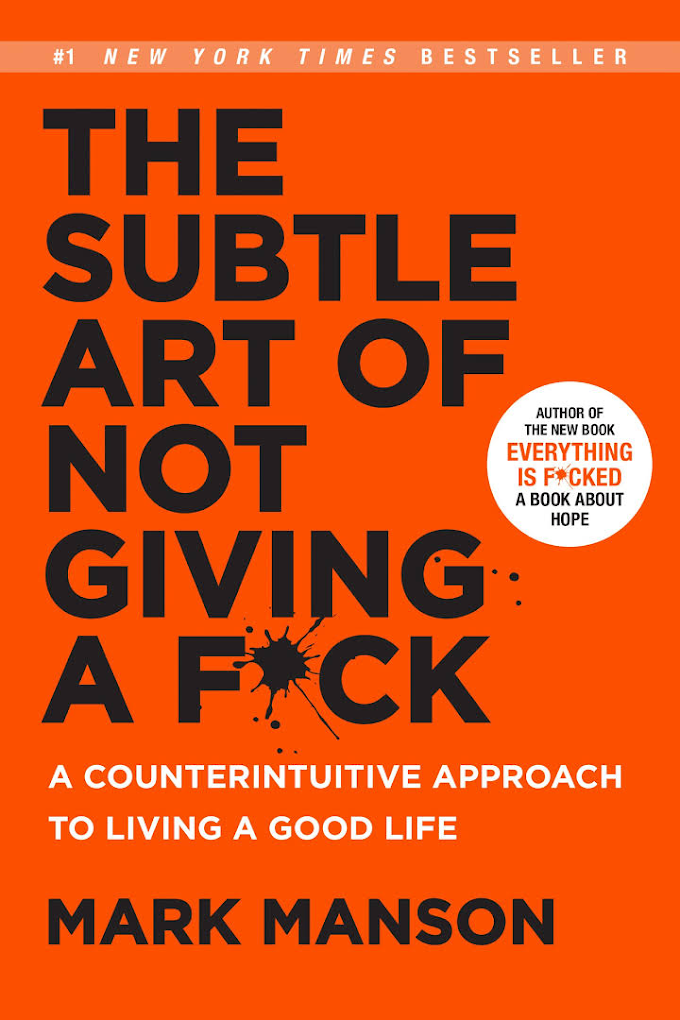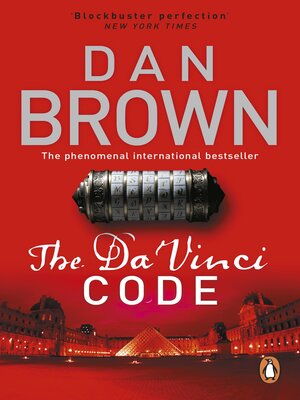Introduction
Achieving financial independence has emerged as a primary priority for many people in today's fast-paced society. Vicki Robin and Joe Dominguez's book "Your Money or Your Life" is a potent tool that can assist readers in taking charge of their finances and achieving their financial objectives. The essential ideas and tactics discussed in the book, including the 9-step plan for obtaining financial independence, will be thoroughly covered in this book synopsis.
Step 1: Monitor Your Expenditures
Tracking your spending is the program's initial stage. In a notebook or spreadsheet, you must keep track of every dollar you spend in this phase. You might find places where you can make savings and put more money toward your financial objectives by tracking your spending.
Assess Your Net Worth in Step 2
Assessing your net worth is the next stage. Calculating your assets (real estate, investments, and savings) and obligations is required (debts, loans). You may understand where you stand financially and pinpoint areas where improvements need to be made by evaluating your net worth.
Create a budget in Step 3
Make a budget is the third stage. Setting attainable financial objectives and allocating funds to them are required for this. You may manage your spending and ensure that you are moving in the right direction toward your financial objectives by making a budget.
Fourth step: Invest in your future
Make an investment in your future as the fourth step. This entails putting your money into things like stocks, mutual funds, and real estate that will increase in value over time. You may develop wealth and achieve financial freedom by investing in your future.
Make a deliberate decision to live within your means in step five.
Making the decision to live within your means is the sixth stage. In contrast to living paycheck to paycheck, this is choosing to live on less money. You'll be able to save more money and make investments for the future if you live within your means.
Pay off your debts in Step 6
The final action is to compensate.This entails paying off all of your bills, including your credit card balances, mortgage, and student loans. You will have more money to invest in your future after paying off your obligations.
Build an emergency fund in step seven.
Create an emergency fund as the seventh step. This entails saving money for unforeseen costs like a medical emergency or a loss of employment. You may avoid getting into debt by handling unforeseen expenses by creating an emergency fund.
Increase Your Income in Step 8
A higher income is the eighth step. This entails looking for ways to increase your income, such as by beginning a side business or requesting a raise. Increasing your money will enable you to save more money and invest in your future.
Step 9: Help the community out
Giving back to the community is the ninth phase. This entails putting your money and resources to good use by supporting others and changing the world for the better. Giving back to the community will enable you to improve the lives of others and make you feel content.
Conclusion:
The effective tool "Your Money or Your Life" can assist readers in taking charge of their finances and achieving their financial objectives. Readers may track their spending, determine their net worth, make a budget, save in the future, live within their means, pay off their debts, and more by following the book's 9-step approach.












